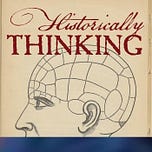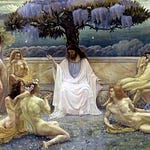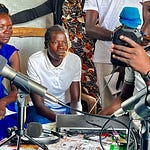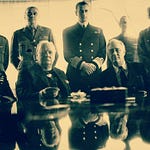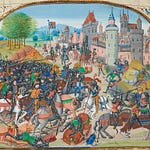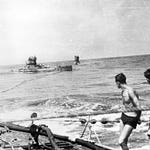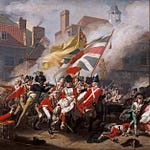Originally published on April 1, 2024 (Episode 354)
Introduction
In July 2013, Vladimir Putin and Ukrainian President Viktor Yanukovych stood together in Kiev, celebrating 1,025 years since the Christianization of the Kievan Rus. At that moment, Russia and Ukraine seemed, in Michael Kimmage’s words, like “twin protagonists of the same story.”
Seven months later, everything had changed. What followed, Kimmage argues, were three collisions: between Russia and Ukraine, between Russia and Europe, and between Russia and the United States. Those collisions led to the war of 2014—and accelerated into the full-scale invasion of 2022. They are the focus of his new book Collisions: The Origins of the War in Ukraine and the New Global Instability (OUP, 2024).
About the Guest
Michael Kimmage is Professor of History at the Catholic University of America, where he also chairs the department. From 2014 to 2016, he served on the Secretary’s Policy Planning Staff at the U.S. Department of State, holding the Russia/Ukraine portfolio. His books include The Abandonment of the West: The History of an Idea in American Foreign Policy (Basic Books, 2020), which was the subject of a previous conversation on the podcast.
For Further Investigation
Michael Kimmage, Collisions: The Origins of the War in Ukraine and the New Global Instability (OUP, 2024)
—, The Abandonment of the West: The History of an Idea in American Foreign Policy (Basic Books, 2020)
Related Episodes
💬 Listen & Discuss
How do we best understand Russia’s war on Ukraine: as a regional clash, a European crisis, or a global struggle? Share your perspective in the comments, and send this episode to someone following today’s headlines about Ukraine and Russia.

